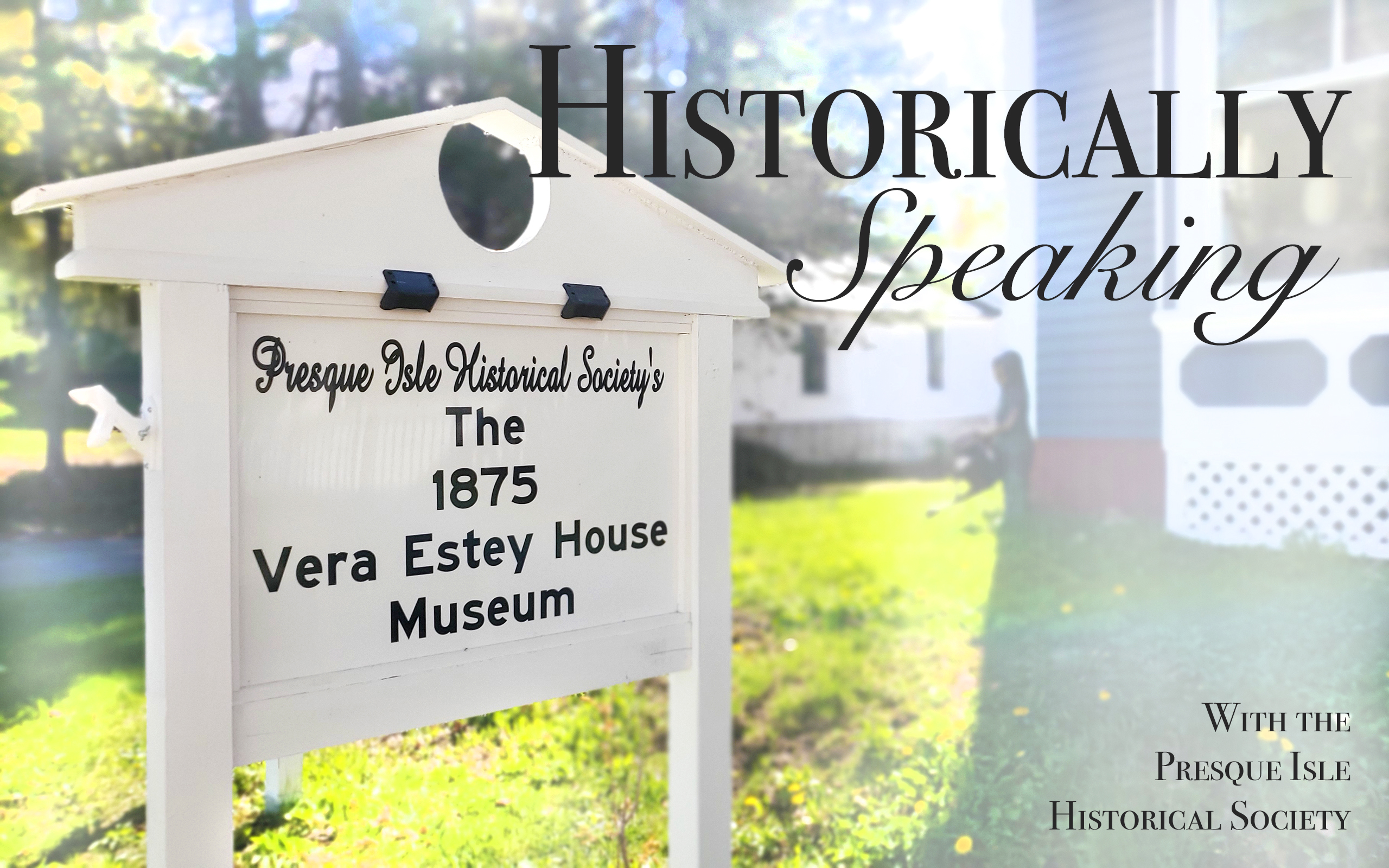Antique quilts are revered today often for the sentimental value as well as the intricate hand-sewn detail and patterns. There is one type of antique quilt, however, that stands out from most others — the “crazy quilt”.
A “crazy quilt” refers to a quilt made from irregularly shaped pieces of fabric sewn to a foundation fabric and then embellished with fancy embroidery stitches. Often, the fabric itself lent an unusual air to the piece as the fabrics were, at the time, expensive and even exotic, such as velvet, satin, tulle or silk.
In addition, other items not normally included in a quilt were included such as buttons, lace, ribbons, and beads. Embroidery may also have included images of animals and/or plants.
These quilts became popular in the late 1800s because of the Philadelphia Centennial Exposition. Beautiful English embroidery and Japanese pottery and silk screens on display caught the attention of American audiences and were the styles were soon incorporated into the crazy quilts.
This particular genre of quilting quickly became a fashion trend amongst urban, upper-class women who used the wide variety of fabric now available due to the Industrial Revolution in the late 1800s. This trend then spread to rural areas and lasted into the early 1900s.
Rare, high-quality “regular” quilts can bring in $375 and up at auction or private sale. The unusual textile art of crazy quilts is also quite valuable often garnering $4,000 and higher if in good condition. Quilts are valued based on condition, known information about the creator, replacement value, and approximate date of the quilt. While many vintage quilts are in high demand for the beautiful patterns and small hand stitching, crazy quilts are breathtaking in their irregularity, material and color.
Antique quilt historian Betsey Telford said, “Crazy quilts are not random. They are planned art.”
The owner of Rocky Mountain Quilts here in Maine, she sells and restores quilts for private clients and museums.
Presque Isle Historical Society is privileged to have a few of these works of art in its collections. One of the more unusual pieces features brown velvet and burgundy silk fabric with distinctive embroidery stitches and incorporates an actual ribbon from the New England Fair 1885 from the quilt’s original display as a textile which won “Second Premium.” In addition, several of the fabric patches were hand painted with floral images and one piece is even embroidered with the word “Mother.”
Kimberly R. Smith is the secretary/treasurer of the Presque Isle Historical Society.








